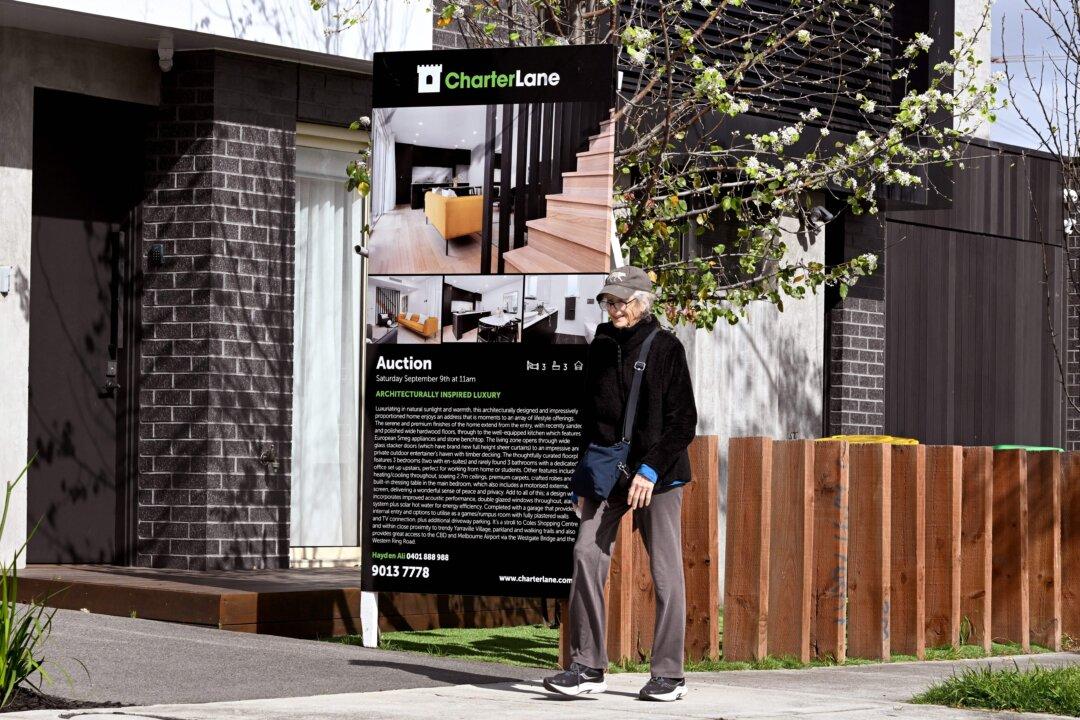Commentary
How is it that the Greens are becoming the party of choice for anyone under 30, while also being the party most likely to destroy the future prospects of those under 30s?

How is it that the Greens are becoming the party of choice for anyone under 30, while also being the party most likely to destroy the future prospects of those under 30s?